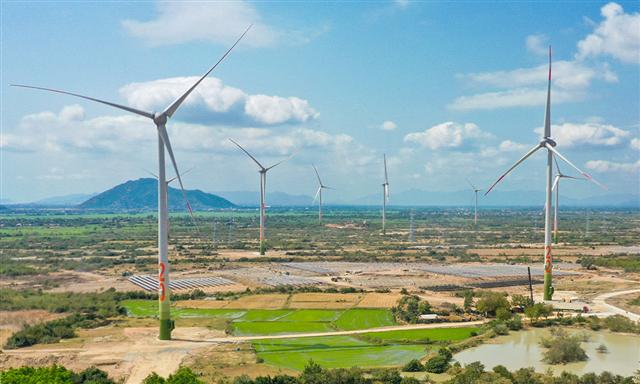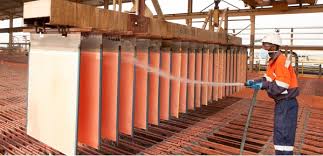ADB sees agriculture as key to poverty reduction
ADB sees agriculture as key to poverty reduction
Improving the agricultural situation is now an integral part of the Asian Development Bank's programme to help Laos rise above its status as one of the world's least developed countries.
The government's 7th Five Year Economic Development Plan 2011-2015 and the ADB's Country Partnership Strategy 2012-2016 both identify the development of agriculture as a potential way to boost the incomes of many families, especially those living in rural areas.
About 70 percent of the population in Laos is currently living in these areas and many of the families are poor, especially those located in the upland areas in the country's north.
People living in the mountainous northern region are mainly poor because their communities have not yet improved basic conditions like road access to markets, so they must rely on simple activities like slash and burn cultivation to meet the family's daily food needs.
Poverty is high at 53 percent in the northern provinces where many poor families eke out a living from subsistence farming and lack access to clean water.
But poverty could be reduced and food security enhanced by creating an improved irrigation system, installing clean water supplies, and building more and better roads.
An ADB funded project called for the establishment of 33 community-managed irrigation systems in 11 districts of the provinces of Huaphan, Xieng Khuang, Luang Prabang, Xayaboury and Vientiane. In addition, the project funded improvements to 30km of access roads to help communities link to urban centres, markets, schools and health facilities.
It also provided domestic water supplies to ease the burden on women, who have to walk long distances to fetch water for household use.
The irrigation systems will also help farmers to expand their upland and lowland agriculture to improve food security and eventually lead to the growing of commercial crops.
After the project was completed two years ago many of the farmers in the 11 districts were encouraged to switch from slash and burn cultivation in hilly and upland areas to paddy production.
ADB Country Director in Laos Mr Chong Chi Nai said that before the ADB launched the community managed irrigation project, many families in these provinces lacked sufficient rice to eat for almost six months of the year, but are now able to grow more.
The ADB will continue to cooperate in developing the agriculture sector and provide low interest loans to the Lao government to fund the building and upgrading of infrastructure related to agricultural development. This includes irrigation schemes and rural roads to help increase production and eliminate slash and burn cultivation.
vientiane times

















